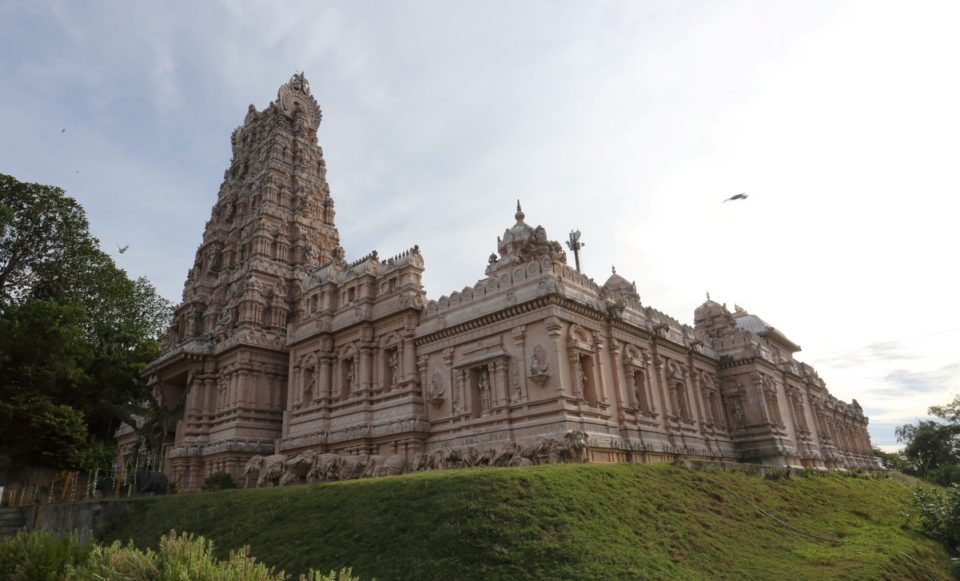By Alang Bendahara
Tucked away in the remote town of Bukit Rotan in Ijok, Kuala Selangor, is an exquisitely crafted Hindu temple that is famous among worshippers and tourists all over the world. Built on an acre of elevated land, the Sri Shakti Temple rises majestically as a unique beacon of Hindu architectural excellence in Malaysia.
In conjunction with the celebration of Deepavali, Selangor Journal interviewed Sanathana Dharma Foundation & Sri Shakti Temple founding chairman Shivasri A P Muthukumara Shivachariyaar, a renowned national and regional spiritual leader, who told us about the divine intervention that helped to create the masterpiece of Hindu architecture.
The temple has a humble history when in the late 19th or early 20th century, Indian immigrants set up a small wooden shrine that housed a single oil lamp as their place of worship, said Muthukumara.
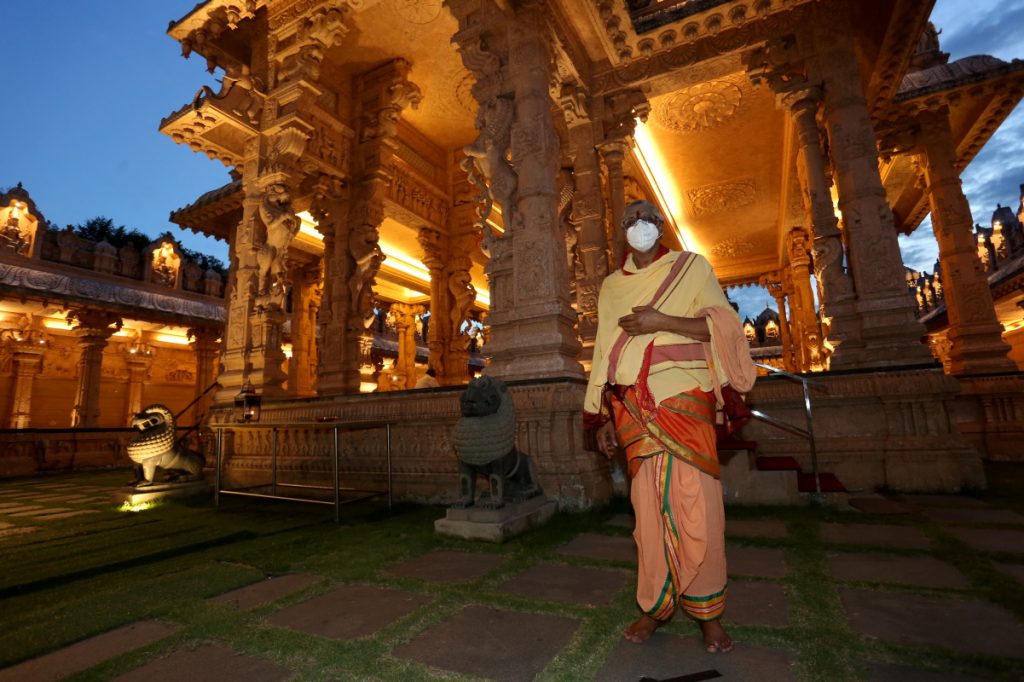
Years later, the temple went through a series of expansions and when authorities announced that a large tract of the temple’s land had to be utilised for a road extension, the temple was moved to the present location.
“That was when I felt that if we have to move and build a new temple, we have to go big and go all the way, and build a magnificent building that will be testament to the Hindu faith,” he said.
Using the knowledge and experience gained from his years of studying the Hindu religion in
India, Muthukumara planned for only the best for the new temple.
“I have visited many temples in India, Malaysia, Singapore, Thailand, Indonesia and Vietnam, and so I made comparisons between them all and decided that the followers of Hinduism here need to have a majestic temple of our own.”
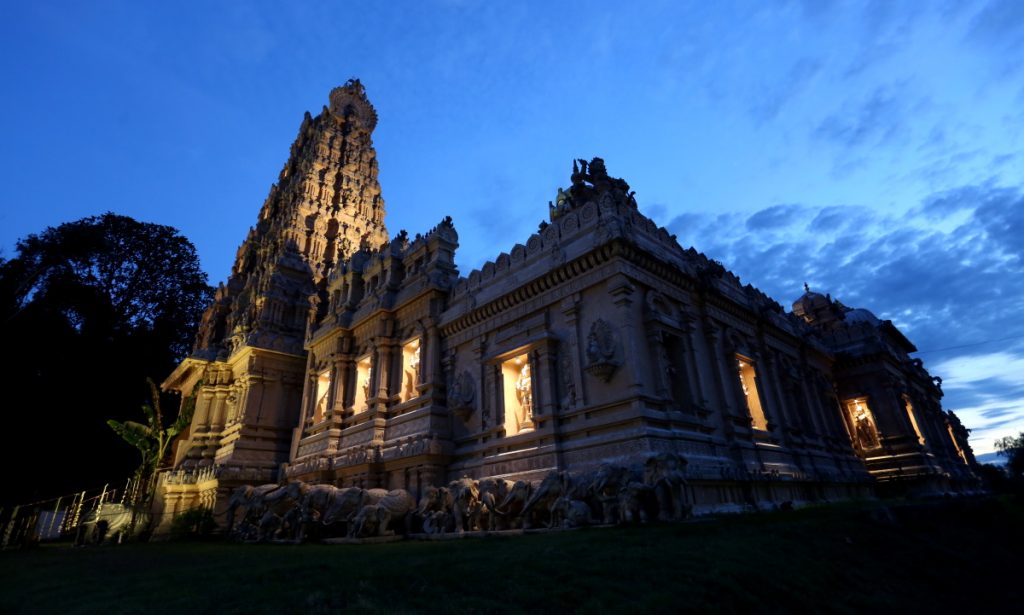
Tribute to a goddess
In year 2000, plans for the new temple were drawn up under the guidance of Sirpa Aagama Kalaamani Sri Suppiah Stabathi, the resident temple architect of the Sri Kanchi Kamakoti Peedham in India.
Leaving nothing to chance, all construction plans were taken to India to be blessed by various venerable and holy sages.
Finally, late in the year 2001, approval for the construction of the new temple was granted by the relevant authorities. Its construction started in 2002.
This was when Muthukumara received repeated visions of the 51 ‘Shakti Peedam’ during his prayer time and informed the committee about it.
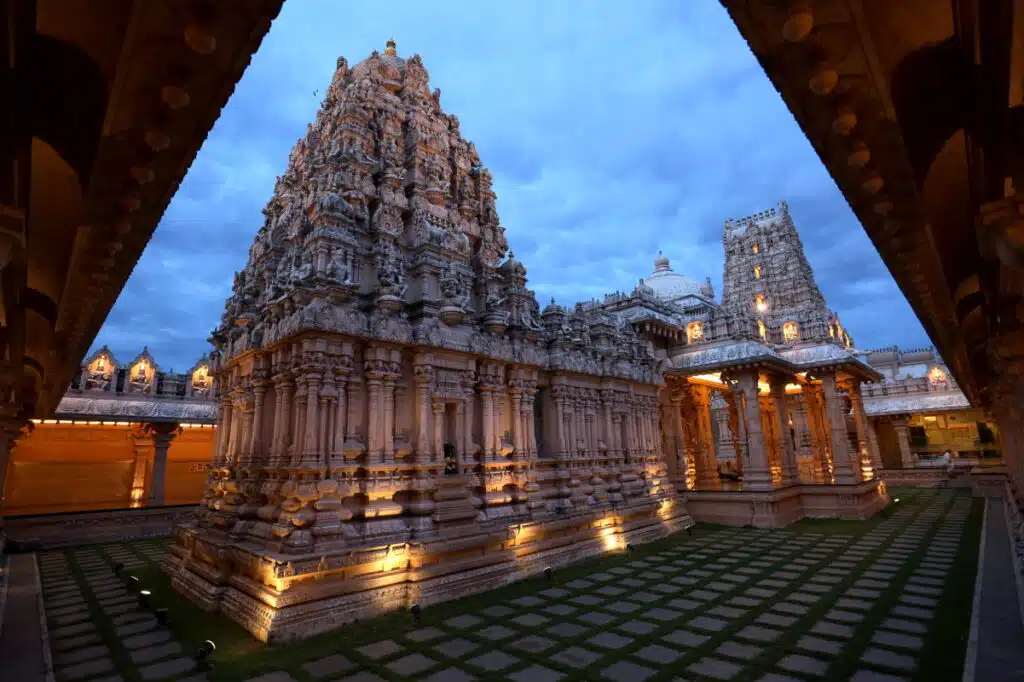
A ‘Shakti Peedam’ is a holy centre dedicated to the goddess Shakti. According to Hindu mythology, Shakti, who was a consort to Lord Shiva, immolated herself.
Shiva picked up the remains of her body and performed an angry dance, cutting Shakti’s corpse and jewellery into pieces which fell to the ground at 51 places all over the Indian subcontinent (44 in modern-day India, three in Nepal, and one each in Bangladesh, Pakistan, Tibet and Sri Lanka).
“So, everyone agreed to incorporate the Shakti statues into the temple’s design, where today they adorn the temple’s internal corridor,” Muthukumara said.
He added: “This is the first temple in the world that organised a pilgrimage to all 51 ‘Shakti Peedhams’. Two Hindu sages visited these holy sites and collected soil and chakra plates and brought them back to be installed. We are the only place in the world with sacred earth from all 51 sites.
“Therefore visiting our Sri Shakti Temple in Bukit Rotan is comparable to visiting all the ‘Shakti Peedhams’ located across the six countries and receiving their blessings.”
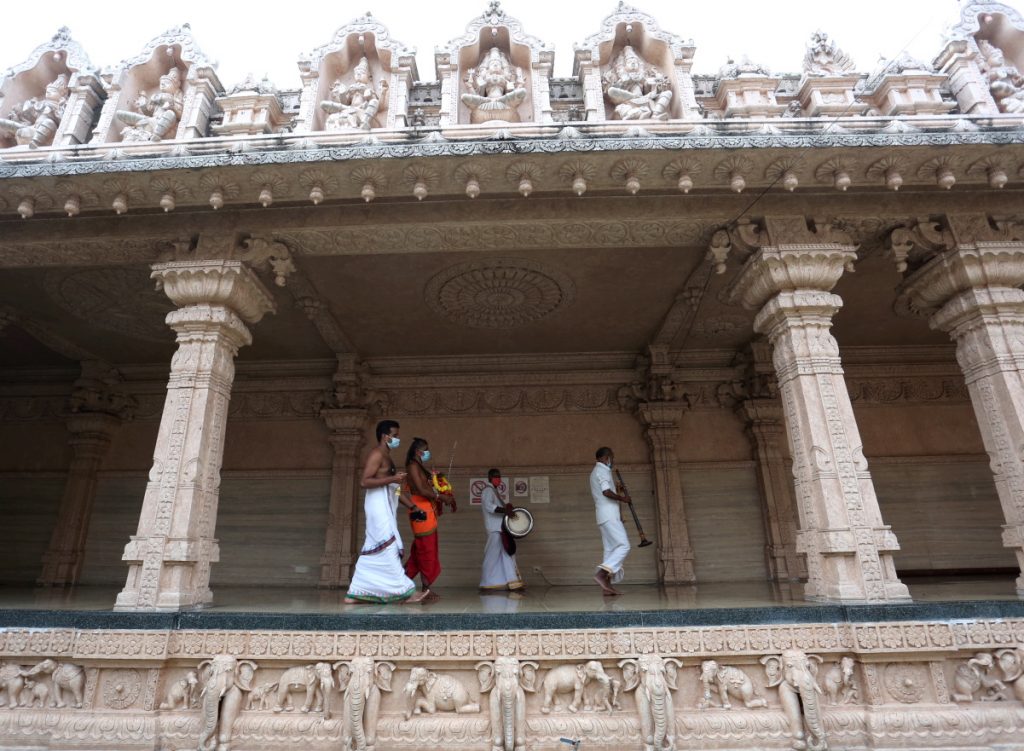
Another unique feature of the temple is its use of a single colour throughout the facade of its building, a one-of-a-kind paint specially mixed using rose pink granite and marble dust.
“With a single colour, devotees and visitors can better admire the sculptures instead of being distracted by many colours,” Muthukumara said.
A Malaysian masterpiece
And so it came to be that after approximately 1.2 million man hours, 10 million bricks, 20,000 tonnes of steel bars, 1,500 cubic metres of concrete, 100 tonnes of granite and 25 tonnes of teakwood, this devoted labour of love finally came into fruition at a cost of RM12 million.
The funds for it came from the Federal and state governments, as well as business personalities and members of the public.
On April 25, 2013, the temple’s grand consecration was conducted by priests from Tamil Nadu, India, and Malaysia.
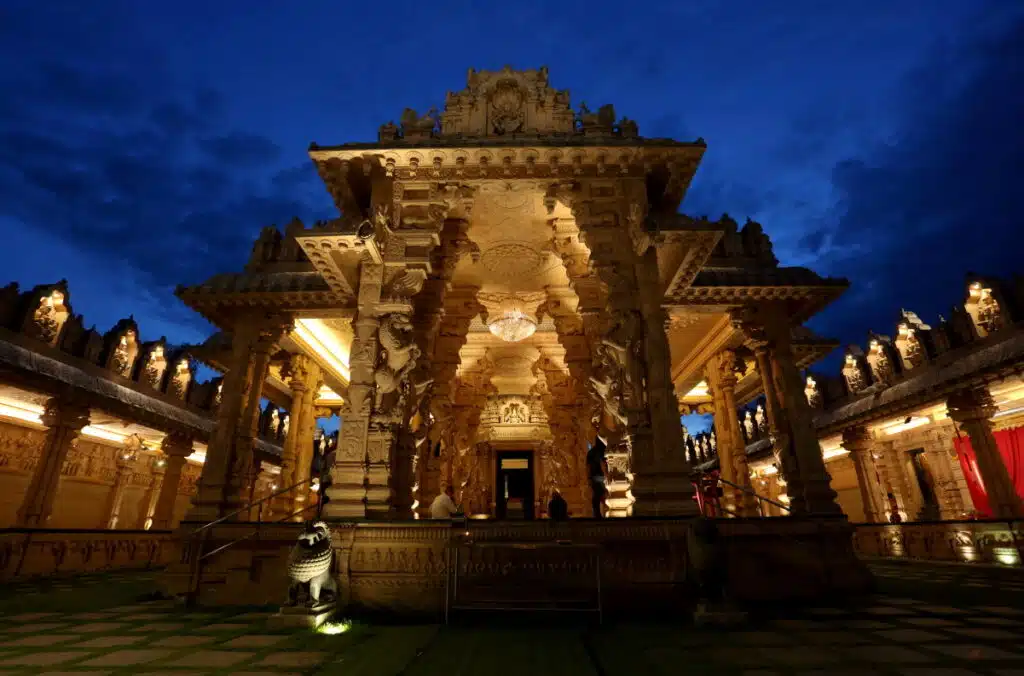
In true Malaysian manner, the temple’s location is unique due to its close proximity to a church, a surau and a Chinese temple.
“As I have told everybody, despite our differences in religion we are all Malaysian, so we live in harmony with other races as we continue to practise our beliefs in peace,” Muthukumara said.
He added that it is this Malaysian spirit of tolerance that has made it possible to build a Hindu temple of such magnificence.
Before the Covid-19 pandemic, the temple attracted between 5,000 to 6,000 tourists every month, including from China, Hong Kong, Korea, England, Australia and Arab countries.
It also attracted between 7,000 to 8,000 worshippers monthly, with the numbers escalating during festivals.
“Due to its uniqueness, the temple has become part of the tourist attractions in Kuala Selangor along with the Sky Mirror, the Kuala Selangor Nature Park and the Kuala Selangor Fireflies.
“I wish for all Malaysians to come and visit this temple, not only to pray but also for other races to come and appreciate its unique architecture,” he said.
This article first appeared in the Selangor Journal monthly November edition, published on November 1, 2021.



